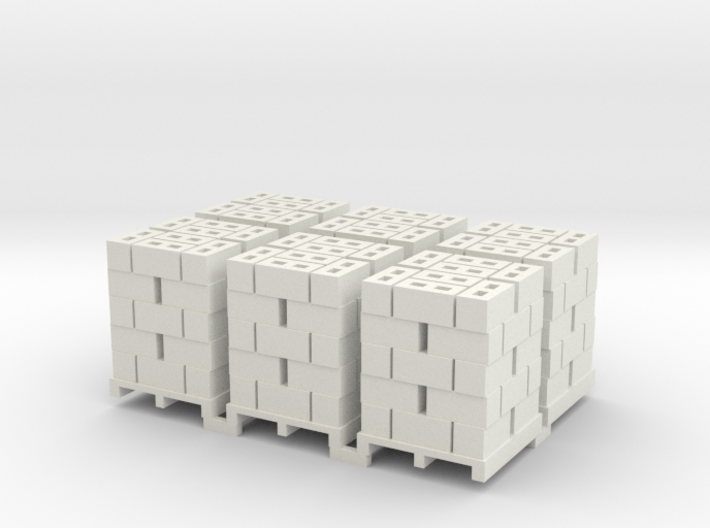


The team includes Carolyn Schaefer ’17 and MIT senior Michael Ortega, who initiated the research as a class project Kunal Kupwade-Patil, a research scientist in the Department of Civil and Environmental Engineering Anne White, an associate professor in the Department of Nuclear Science and Engineering Oral Büyüköztürk, a professor in the Department of Civil and Environmental Engineering Carmen Soriano of Argonne National Laboratory and Short. This has the potential to pull plastic landfill waste out of the landfill and into buildings, where it could actually help to make them stronger.” “Our technology takes plastic out of the landfill, locks it up in concrete, and also uses less cement to make the concrete, which makes fewer carbon dioxide emissions. “There is a huge amount of plastic that is landfilled every year,” says Michael Short, an assistant professor in MIT’s Department of Nuclear Science and Engineering. Reusing plastics as concrete additives could also redirect old water and soda bottles, the bulk of which would otherwise end up in a landfill. Replacing even a small portion of concrete with irradiated plastic could thus help reduce the cement industry’s global carbon footprint. The manufacturing of concrete generates about 4.5 percent of the world’s human-induced carbon dioxide emissions. MIT undergraduate students have found that, by exposing plastic flakes to small, harmless doses of gamma radiation, then pulverizing the flakes into a fine powder, they can mix the irradiated plastic with cement paste and fly ash to produce concrete that is up to 15 percent stronger than conventional concrete.Ĭoncrete is, after water, the second most widely used material on the planet. Discarded plastic bottles could one day be used to build stronger, more flexible concrete structures, from sidewalks and street barriers, to buildings and bridges, according to a new study.


 0 kommentar(er)
0 kommentar(er)
